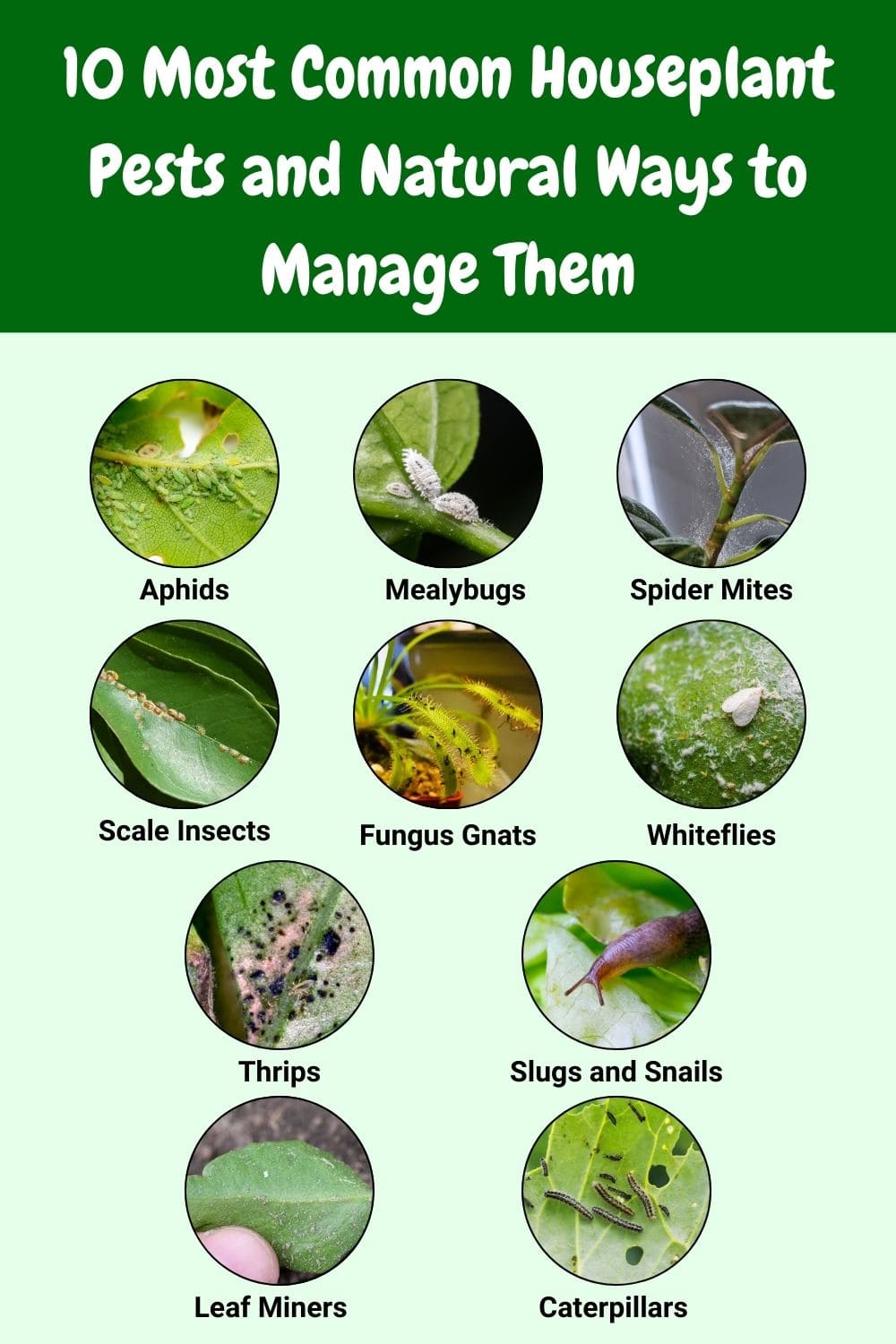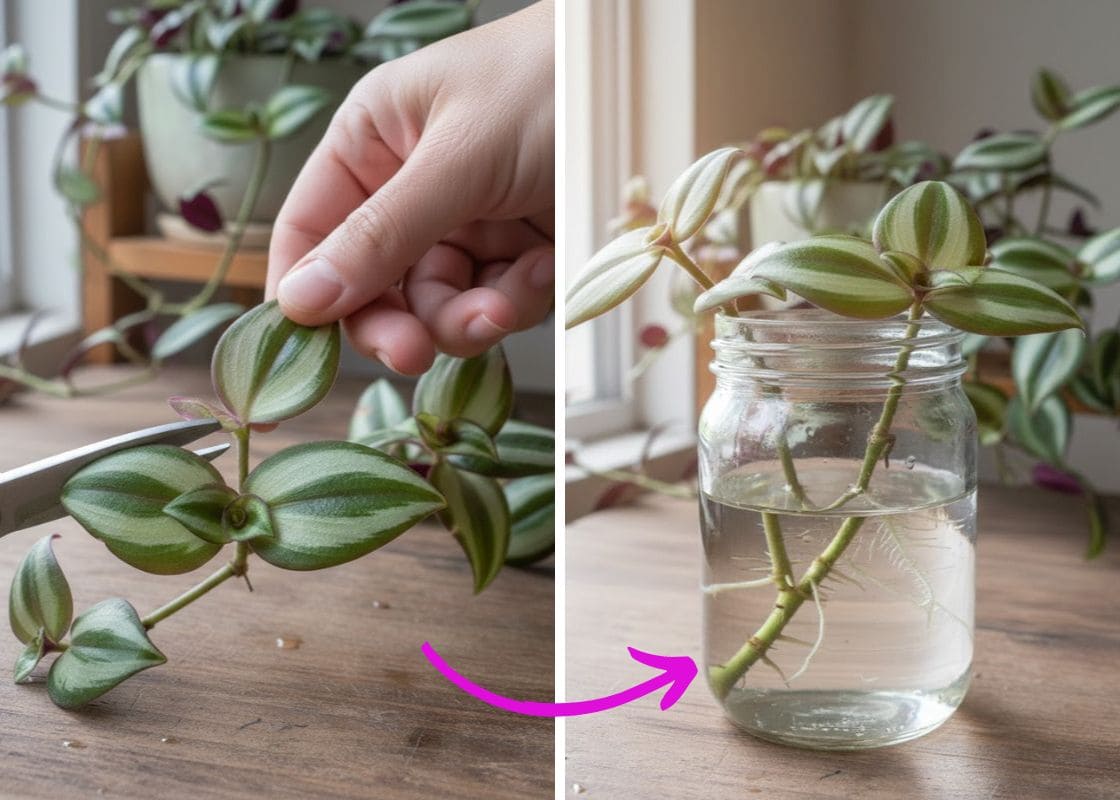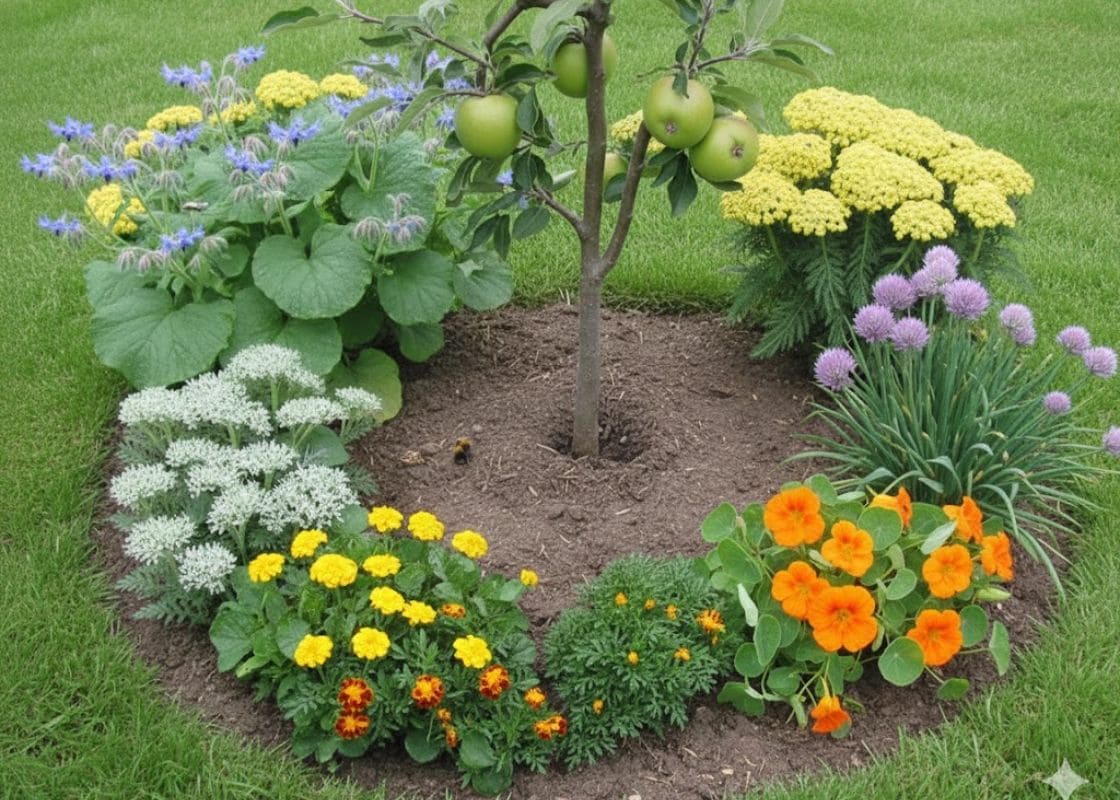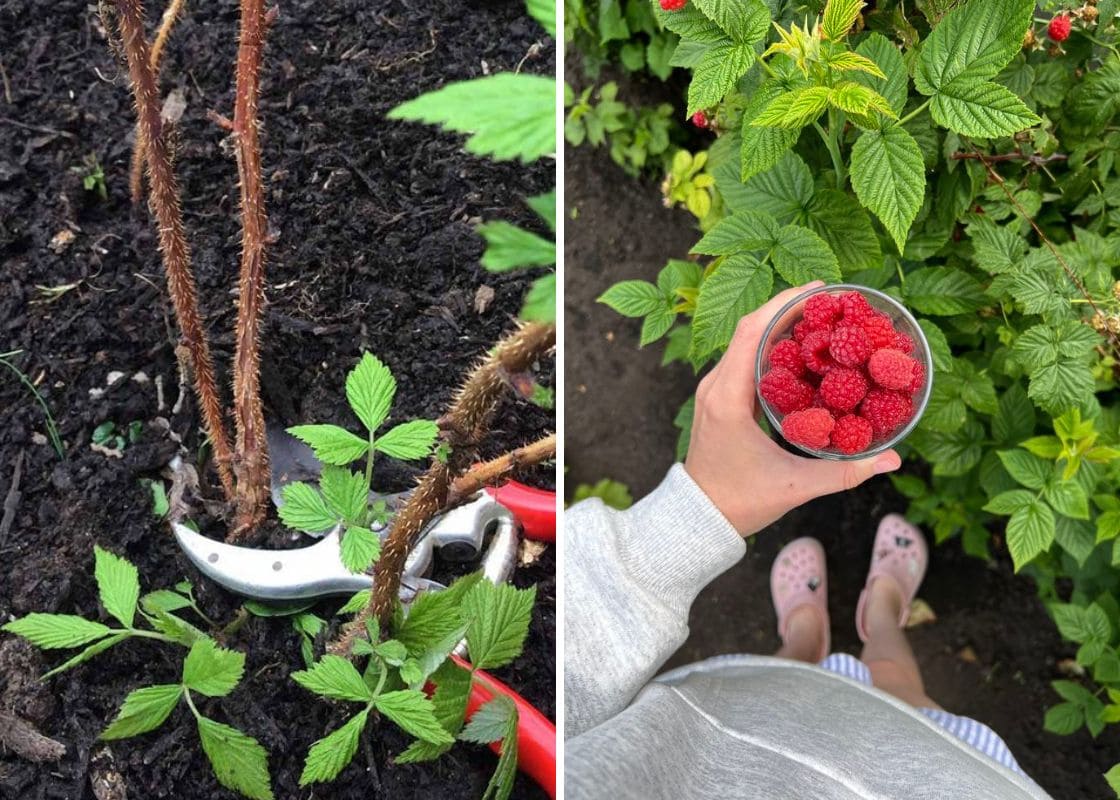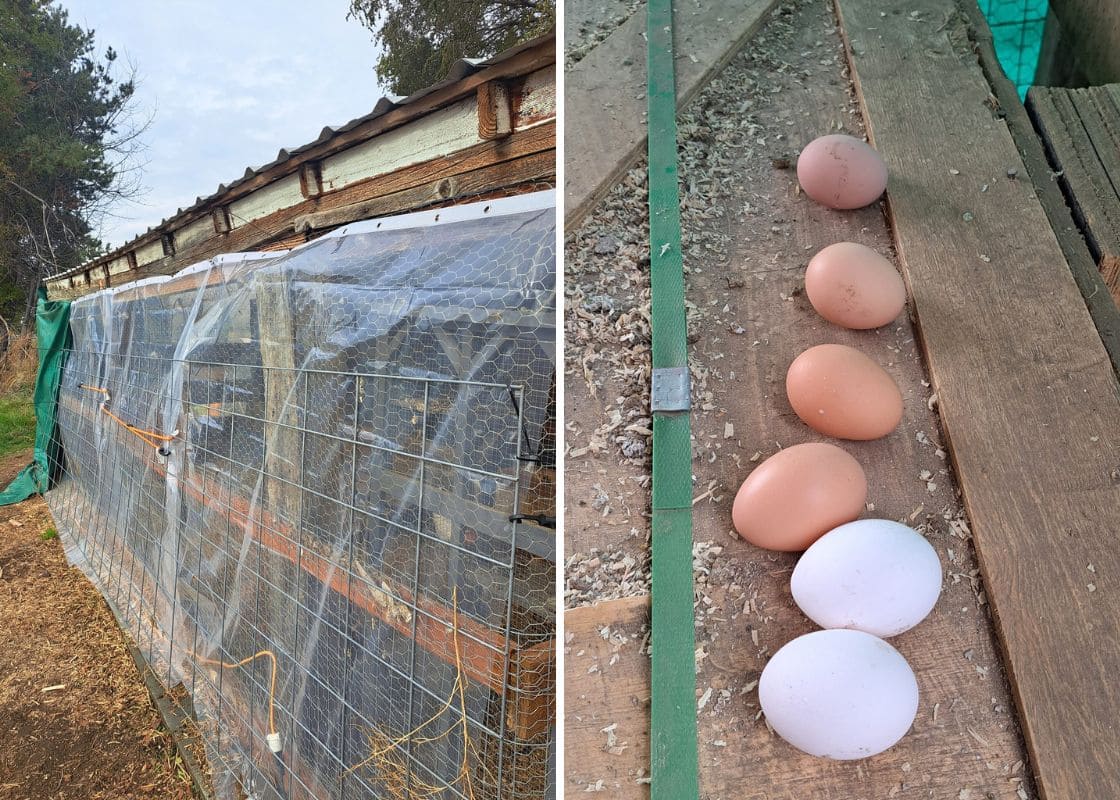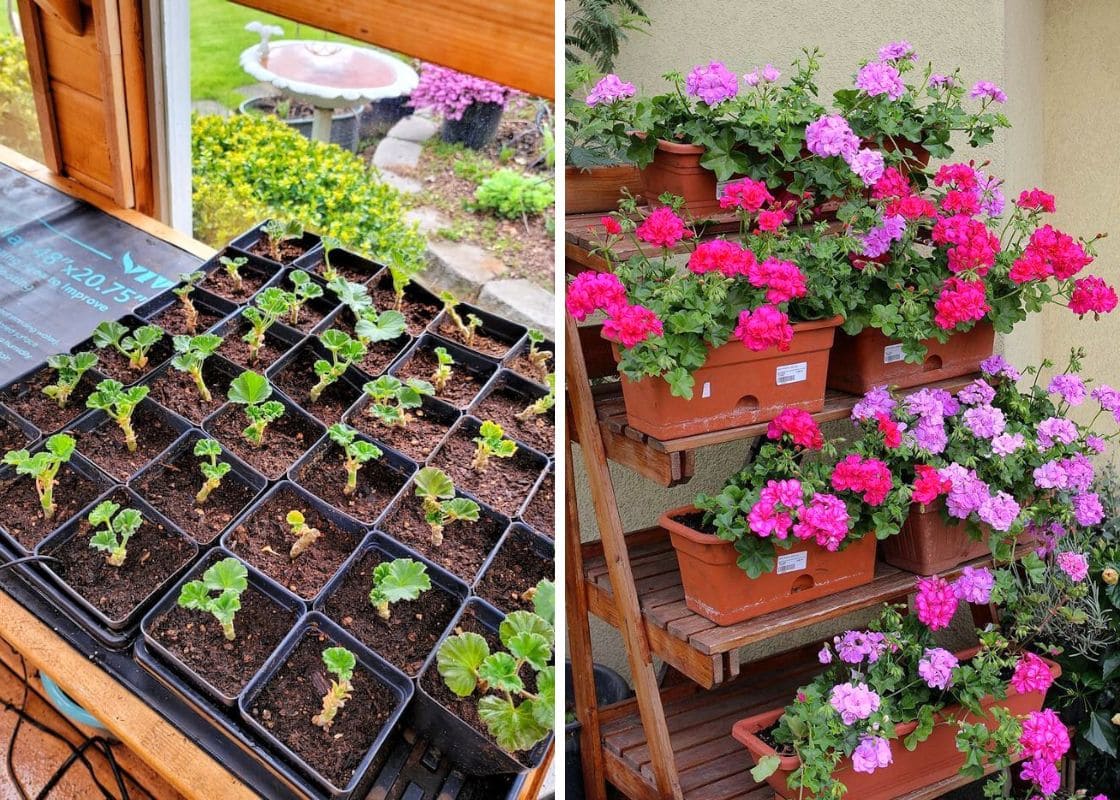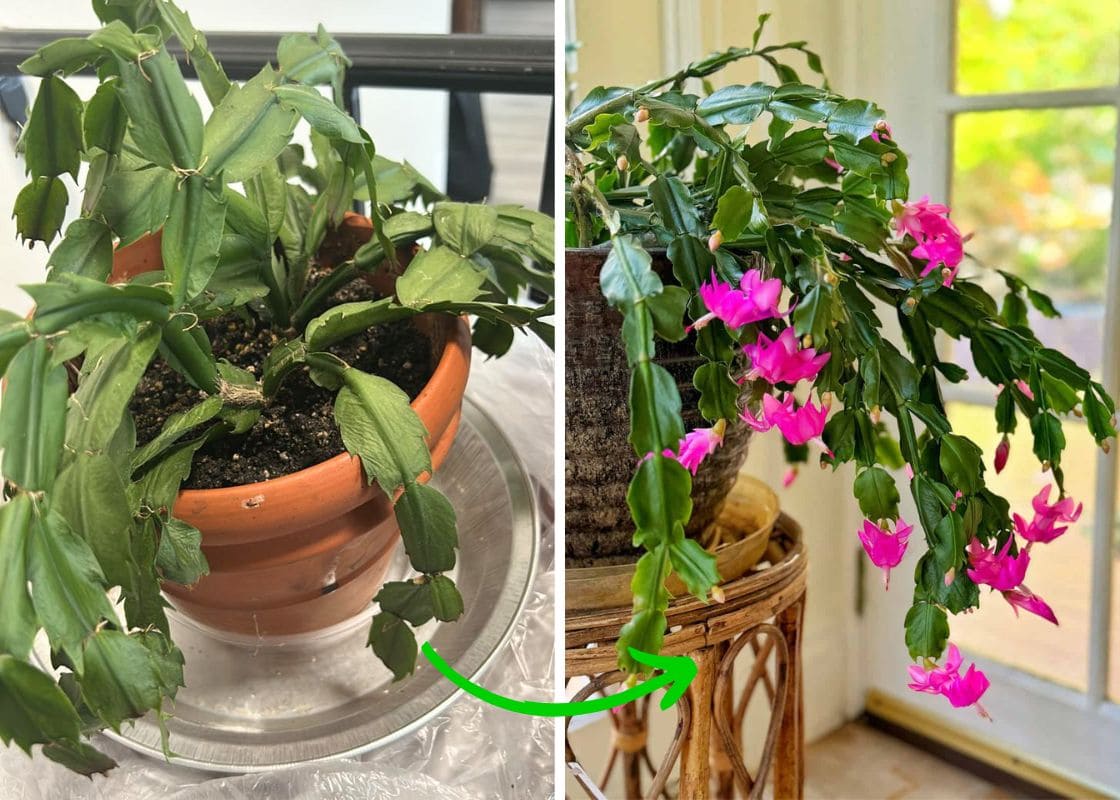Houseplants bring so much joy and beauty into our homes, but they can also attract unwelcome pests.
As a plant enthusiast, I’ve often faced the frustration of dealing with these tiny invaders.
But fear not! There are effective, natural ways to manage these common pests without resorting to harsh chemicals.
Aphids

Aphids often target plants like roses, chrysanthemums, and hibiscus, making their homes on the tender new growth and undersides of leaves.
You’ll recognize an aphid infestation by the clusters of tiny, soft-bodied insects in shades of green, yellow, or black.
They secrete a sticky substance called honeydew, which can lead to sooty mold on your plants. Aphids drain the sap from your plants, causing leaves to curl, wilt, and turn yellow.
You can manage aphids by using neem oil. Mix a teaspoon of neem oil with a quart of water and a few drops of dish soap, then spray it on the affected areas.
Mealybugs
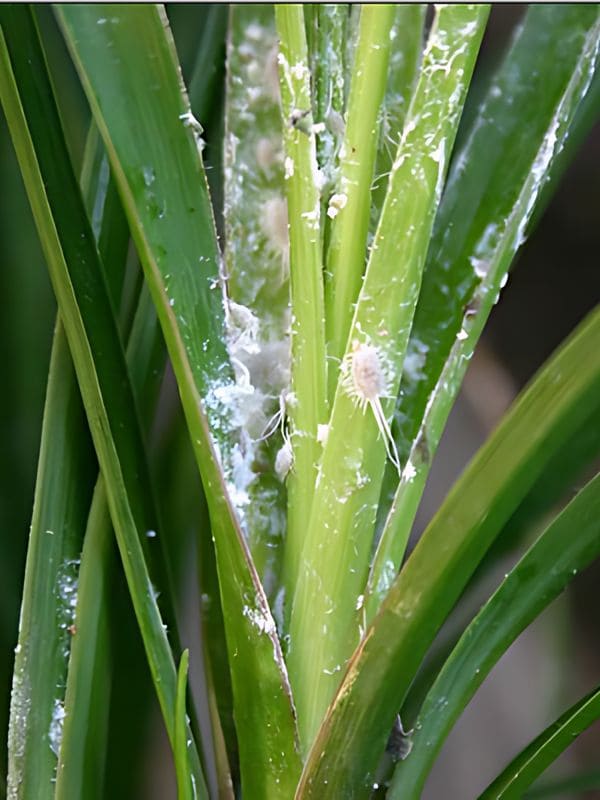
You’ll find mealybugs particularly fond of succulents, orchids, and African violets. They hide in the nooks and crannies of stems, leaf joints, and roots, appearing as tiny white cotton-like masses.
These pests suck the sap from plants, causing leaves to yellow, drop prematurely, and leading to overall stunted growth.
You might also notice a sticky residue, similar to aphids, which can attract ants and encourage mold growth.
Dab a cotton swab in rubbing alcohol and gently wipe the infested areas. The alcohol dissolves the waxy coating of the bugs, effectively killing them.
Spider Mites
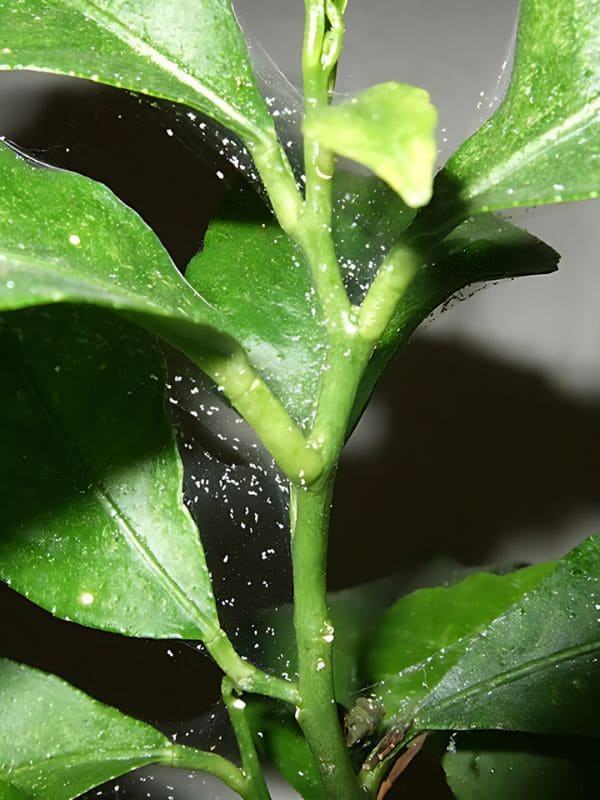
Spider mites can be a nuisance for plants like palms, ficus, and ivy. These tiny arachnids are hard to see with the naked eye, but their presence is often betrayed by fine webbing on the undersides of leaves.
They prefer hot, dry conditions and typically congregate there, sucking the sap from the leaves and leading to a stippled, bronze, or dusty appearance, and in severe cases, leaf drop.
You should manage spider mites by using neem oil. Mix a teaspoon of neem oil with a quart of water and a few drops of dish soap, then spray it generously on both sides of the leaves.
Scale Insects
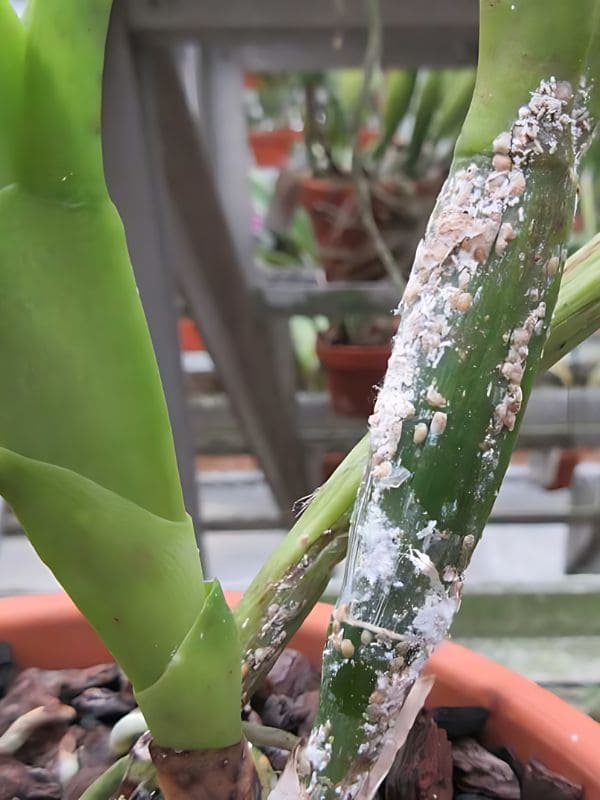
Scale insects often appear on citrus trees, orchids, and ivy. These pests appear as small, round, brown or tan bumps on stems and the undersides of leaves.
You’ll know your plant has scales if you see these bumps along with yellowing leaves and a sticky substance called honeydew. They drain the sap from plants leading to weakened growth and sometimes even plant death.
You consider using insecticidal soap to manage scale insects. Mix a tablespoon of insecticidal soap with a quart of water and spray it directly on the affected areas.
Fungus Gnats
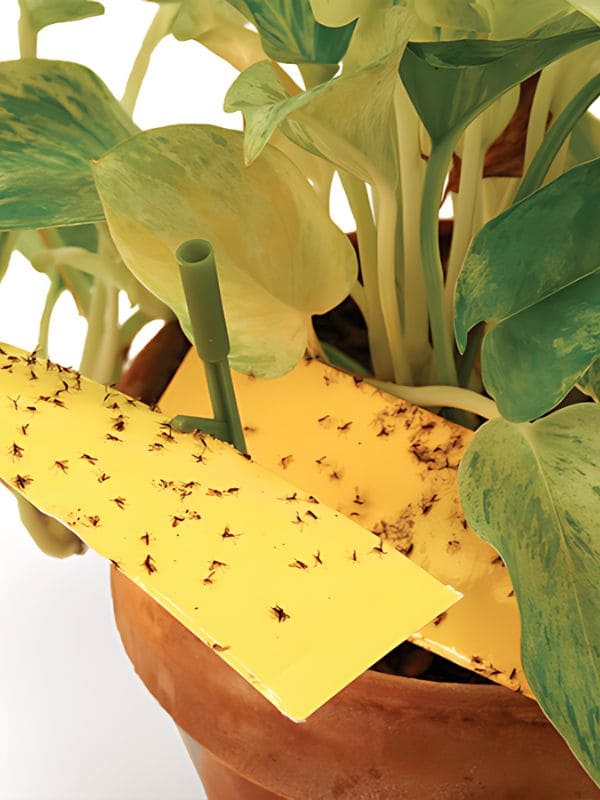
Fungus gnats are a common annoyance, especially in plants like pothos, ferns, and peace lilies that prefer moist soil. These tiny, black flies often hover around the soil surface.
Their larvae feed on organic matter and roots, causing damage. Fungus gnats thrive in damp soil, making overwatering a key factor in their proliferation.
To naturally manage them, try using sticky traps. Place yellow sticky traps near the soil surface to catch adult gnats and let the soil dry out between waterings.
Whiteflies
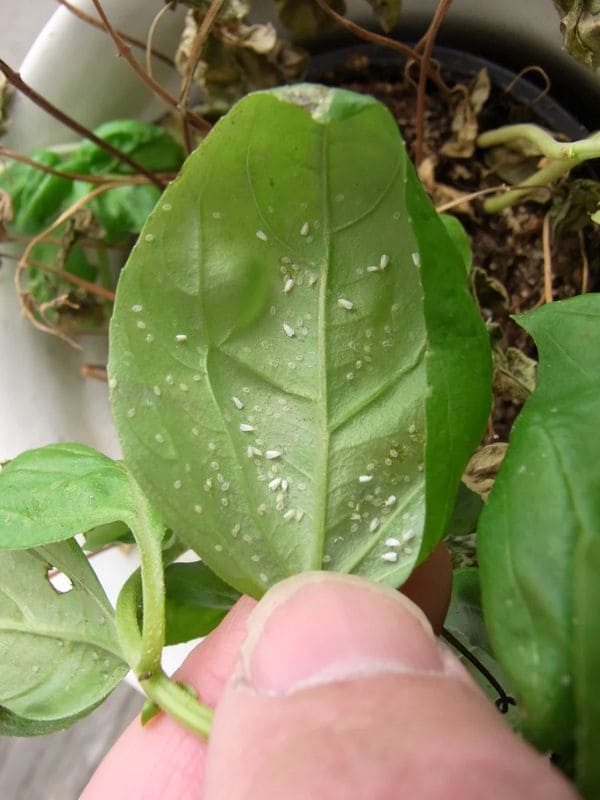
Whiteflies are particularly troublesome on plants like hibiscus and fuchsia. They gather on the undersides of leaves, where they suck sap and excrete a sticky substance called honeydew.
You’ll often notice yellowing, wilting leaves and a decline in plant vigor due to their feeding. Whiteflies can also transmit plant diseases, further harming your plants.
You only need to mix a teaspoon of neem oil with a quart of water and a few drops of dish soap, spray it on the affected areas, then reapply every week or after rain.
Thrips
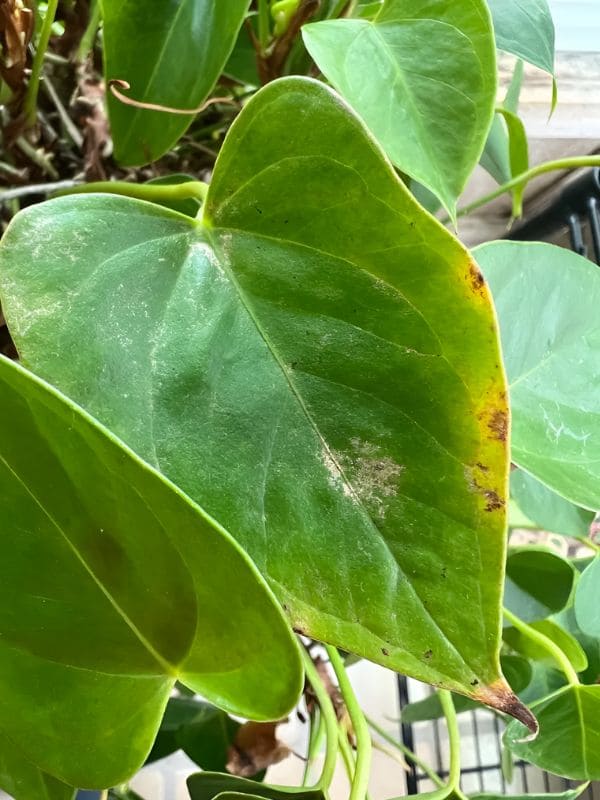
Thrips can be particularly problematic for indoor plants like begonias, African violets, and spider plants. They are found on flowers and new growth, where they puncture plant cells to feed.
You might notice silvery streaks, black specks of excrement, and distorted or scarred leaves and flowers. Thrips not only damage the plants directly but can also spread plant viruses.
I find using insecticidal soap effective. Mix a tablespoon of insecticidal soap with a quart of water and spray it directly on the affected areas, focusing on the undersides of leaves and flower buds.
This solution helps to suffocate and kill the thrips without harming your plants. You repeat the treatment every few days until the thrips are under control.
Slugs and Snails
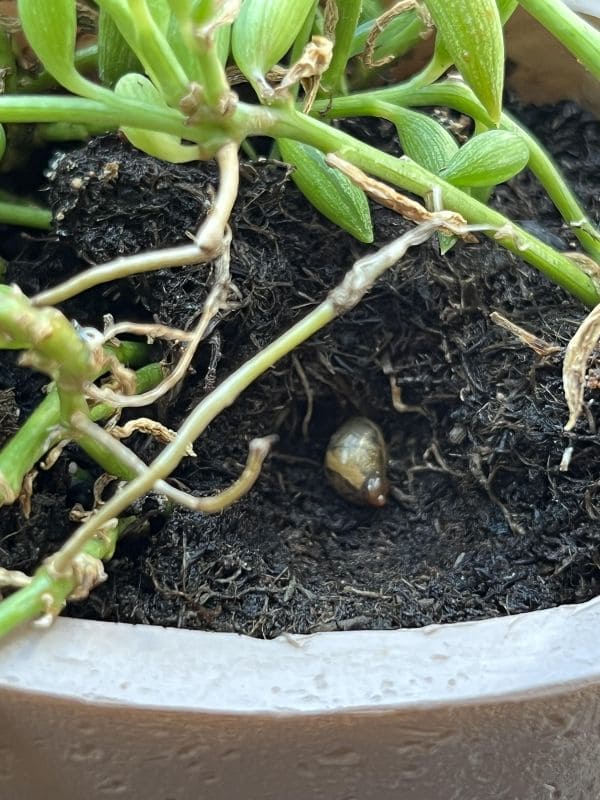
Slugs and snails can be surprisingly troublesome on hostas, begonias, and tender seedlings. These pests are nocturnal, so you’ll often find them on the soil surface or hiding under pots during the day.
You’ll see slimy trails and irregular holes in leaves and stems. Their feeding can cause significant damage, stunting plant growth and even killing young plants.
You should sprinkle diatomaceous earth around the base of your plants. This powdery substance is abrasive and dehydrates the pests, deterring them without harming your plants.
Leaf Miners
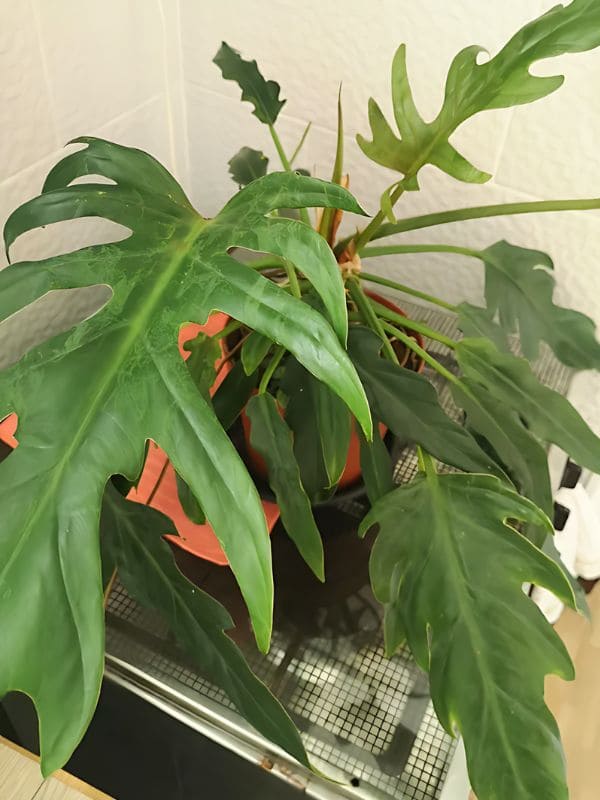
Leaf miners can be a real headache for citrus, tomatoes, and Swiss chard. These pests are larvae that tunnel through leaves, creating distinctive, winding trails.
You’ll notice these unsightly mines causing leaves to curl, yellow, and drop prematurely. Leaf miners reduce the plant’s ability to photosynthesize, weakening it over time.
You should mix a teaspoon of neem oil with a quart of water and a few drops of dish soap, then spray it on the affected leaves. Neem oil disrupts the life cycle of the larvae, reducing their population.
Caterpillars
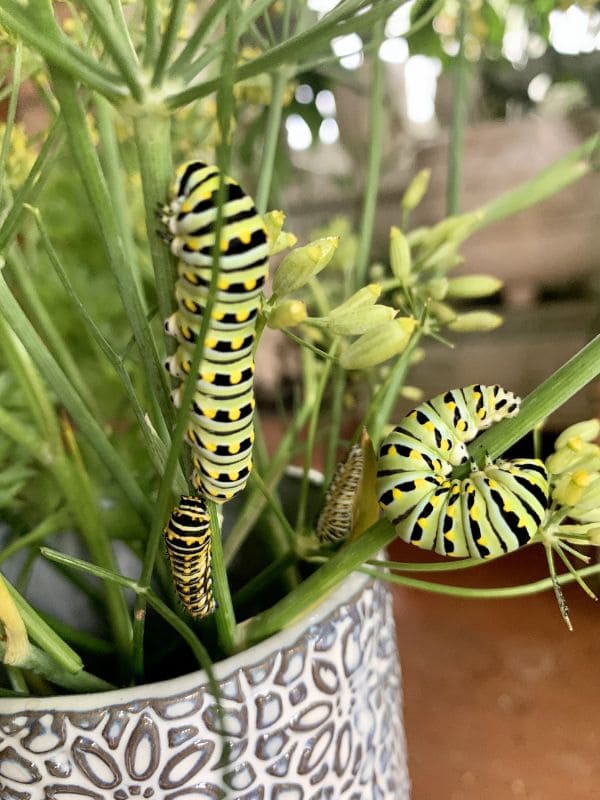
Caterpillars can cause damage to coleus, geraniums, and fuchsias. These larvae munch on leaves, stems, and flowers, leaving behind large, irregular holes and sometimes even skeletonizing the leaves.
You might also find frass, or caterpillar droppings, around the plant. This feeding can stunt plant growth and, in severe cases, kill the plant.
But don’t worry, you only need to inspect your plants carefully and handpick the caterpillars, dropping them into a bucket of soapy water to dispose of them.
